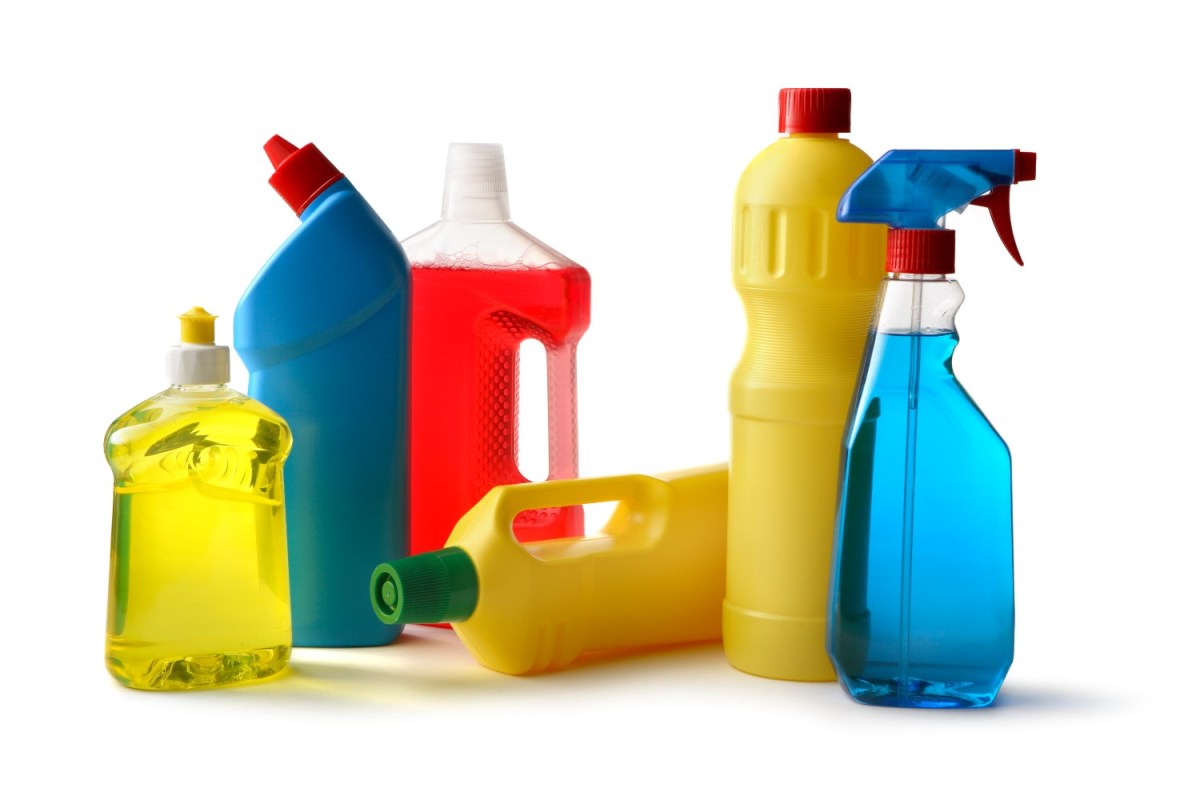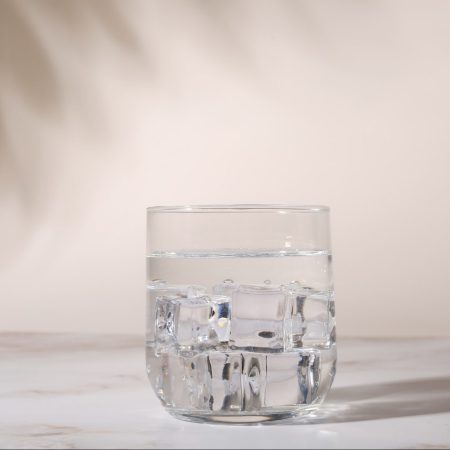Could the substances that you use to make your house a cleaner place actually be doing harm to your health? According to a study published in the journal Environmental Science & Technology, plenty of things that people use around the home for cleaning or repairs could be more dangerous than previously believed. The study’s authors analyzed products in 172 different categories, using California’s Prop 65 list of “naturally occurring and synthetic chemicals that are known to cause cancer or birth defects or other reproductive harm” as a reference.
Their findings have plenty of reasons for concern — including Prop 65 chemicals being present in 105 of the 172 categories that the scientists analyzed. Among the chemicals discovered were formaldehyde, methanol and diethanolamine.
As Dana G. Smith wrote in the New York Times, cleaning products and personal care products were two areas in which the researchers discovered a significant number of chemicals. “People can be exposed to the same chemical in a whole bunch of different products,” said Kristin Knox, lead author of the paper, to the Times.
Proposed Law Would Regulate Toxic Fumes on Airlines
There’s no guarantee that it will pass, howeverThe study has plenty of information — including charts, data tables and lengthy lists of definitions — for readers to pore over, and it may be worth taking a deeper dive into what, specifically, the researchers discovered. (Some chemicals are more of a cause for alarm than others, for one thing.) As a recent article in The Atlantic pointed out, taking the time to better understand health warnings can be useful for your state of mind. The authors of the Environmental Science & Technology study have presented us with a lot of information — but what you do with it is up to you.
Thanks for reading InsideHook. Sign up for our daily newsletter and be in the know.


















